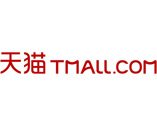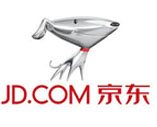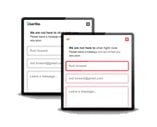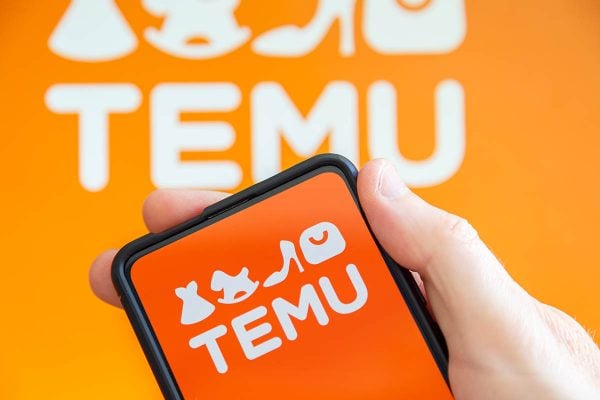Welcome to the sixth article in Intercultural Elements (ICE) series aimed at helping retailers expand their online sales abroad. We have already published the introduction, Cross Border Trade: The first steps are knowing where to go, Amazon Piggybacking, Up-and-coming markets and French Marketplaces.
Today ICE take a look at the Chinese market:
 When e-commerce sellers think of Asia, they may conjure up images of a mystical, faraway place wrought with challenges. Of course there are cultural differences and linguistic and logistic barriers, but today it’s easier than ever to tap into a number of these previously ‘unattainable’ markets.
When e-commerce sellers think of Asia, they may conjure up images of a mystical, faraway place wrought with challenges. Of course there are cultural differences and linguistic and logistic barriers, but today it’s easier than ever to tap into a number of these previously ‘unattainable’ markets.
Why? Simply put, they want Western products. There’s a growing demand in Asia, and China in particular, for products manufactured in Europe and the US due to the higher quality standards and brand awareness. Certain marketplaces are crying out for retailers who can help to supply the ever increasing call for these products and as a result, they’re doing everything they can to simplify the process – great news for Western retailers!
Despite their desire to bring more Western retailers in, Asian marketplaces are still largely set in their ways with regards to how they do business. As a seller your dealings with these companies will usually be conducted in their native language, and that’s not the only difference. Did you know that in China, it is commonplace to negotiate certain costs? Some of your start-up costs are up for debate, whilst others are absolutely non-negotiable.
Navigating your way through these different practices, and being able to present yourself as well as possible on these sites will make all the difference to your success in Asia. You’ll need a native speaking, e-commerce trained professional representing you before you’ve even started listing your products!
 Some Asian marketplaces provide better value than others. As with most things, you generally get what you pay for. T-Mall, for instance, offers a brilliant, all-round option for retailers, but it comes at a high cost. On average, retailers are recommended to allow for 100,000 USD in start-up costs.
Some Asian marketplaces provide better value than others. As with most things, you generally get what you pay for. T-Mall, for instance, offers a brilliant, all-round option for retailers, but it comes at a high cost. On average, retailers are recommended to allow for 100,000 USD in start-up costs.
 A more cost effective alternative is JD Worldwide – an offshoot from China’s JD – which is aimed specifically at allowing Chinese buyers to buy directly from Western sellers. The costs involved with setting up an account can be as little as 25% of that for T-Mall, and as a result it’s well worth looking into. It’s also worth mentioning that a significant part of JD Worldwide start-up costs are actually a deposit, which – should you choose to stop selling on there –should be returned. This ‘safety net’ is often well received from retailers.
A more cost effective alternative is JD Worldwide – an offshoot from China’s JD – which is aimed specifically at allowing Chinese buyers to buy directly from Western sellers. The costs involved with setting up an account can be as little as 25% of that for T-Mall, and as a result it’s well worth looking into. It’s also worth mentioning that a significant part of JD Worldwide start-up costs are actually a deposit, which – should you choose to stop selling on there –should be returned. This ‘safety net’ is often well received from retailers.
When moving into China, it’s advisable to familiarise yourself with the major differences in buying patterns in this very different culture.
 You may have seen an increase in the “live chat” buttons appearing on some Western websites, allowing you to talk to representatives in a messenger-like format. Whilst this feature is somewhat of an added extra in our culture, it is a must-have in China. Being able to provide this service during peak times, if not around the clock, will help fulfil the Chinese-buyers’ desire to receive customer service before the sale. They will typically research a product significantly before making a purchase and an integral part is asking questions about the product and negotiating price with a representative of your brand.
You may have seen an increase in the “live chat” buttons appearing on some Western websites, allowing you to talk to representatives in a messenger-like format. Whilst this feature is somewhat of an added extra in our culture, it is a must-have in China. Being able to provide this service during peak times, if not around the clock, will help fulfil the Chinese-buyers’ desire to receive customer service before the sale. They will typically research a product significantly before making a purchase and an integral part is asking questions about the product and negotiating price with a representative of your brand.
Following the sale, the level of returns and customer service follow-up are generally lower as a result of the thoroughness at the buying stage. Because of this, it is critical these services are offered by a native speaker in order to ensure the sales can happen in the first place!
During the pre-purchase period, a Chinese buyer is typically advertised to in an entirely different way to a Western buyer. It’s therefore advisable to utilize a Chinese designer who can help you to build adverts with more graphics and content to ensure you can capture Chinese consumers’ attention.
Ensuring you have the resources in place to handle these critical buying habits could make the difference to a successful Chinese expansion. There’s so much to take into account when expanding into any new region. As long as you’re able to find someone that can help you work your way through the barriers involved with Asian expansion, the rewards have the potential to deliver handsomely.








